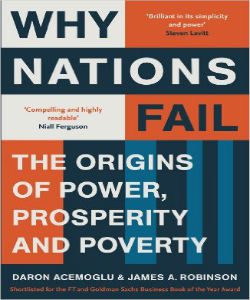Mervyn Hill made a significant contribution to East African studies in his history of the Kenya and Uganda Railway from its conception to the creation of East African Railways and Harbours in 1948. Commissioned in 1942 as a ‘plain story’ of ‘the development of the railway’ and published in 1949, ‘Permanent Way’ has long proved a boon to those interested in the history of Kenya and Uganda.
Hill was however at a great disadvantage when writing the official history, most notably because the operation of the 50-year rule prevented him from consulting official documents in the Public Record Office and elsewhere, with the result that he was largely dependent on material published in Parliamentary Command papers.
Two other serious drawbacks were that war conditions restricted his sources to published works and other material available in East Africa at the time and that many of the books and articles which authors now have access to had yet to be written. The Railway to Nowhere does not suffer from these disadvantages and provides a well-researched, authoritative account coupled with a pictorial appreciation of the construction of the railway in the early years of its operation.
There is no doubt that the construction of the railway was a triumph of human endeavour and resolution over the most daunting obstacles and setbacks: the vision and tenacity of the British government in the face of parliamentary, press and Treasury opposition and criticism; the steadfast leadership of Sir George Whitehouse in coping with an often querulous Foreign Office Committee, and overcoming a series of administrative engineering and personal problems; the inventiveness and skill of surveyor engineers when tackling exceptional professional challenges and the hardiness shown by the working gangs, of all races, in carrying on under adverse conditions of climate and terrain.





































Reviews
Clear filtersThere are no reviews yet.